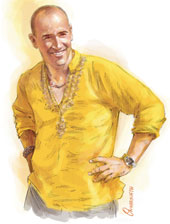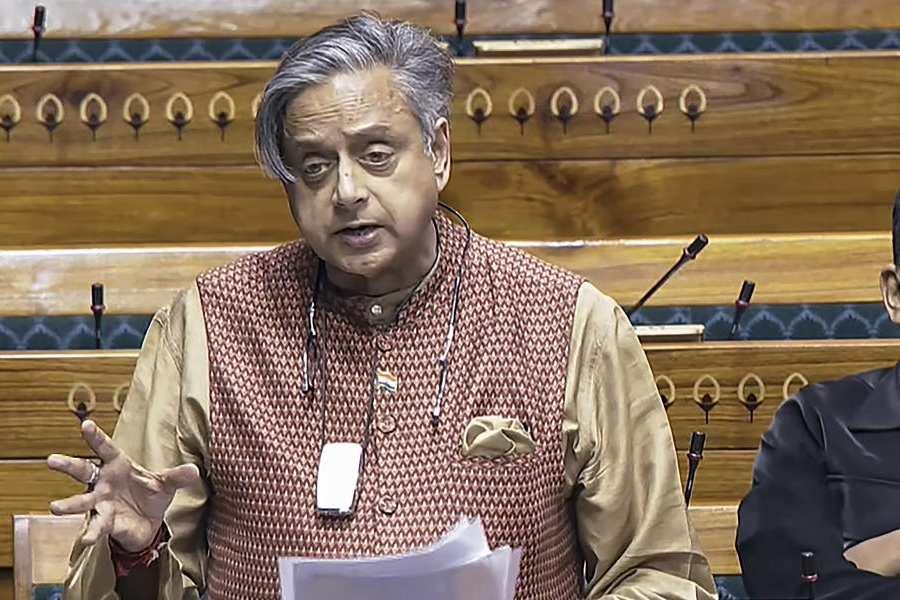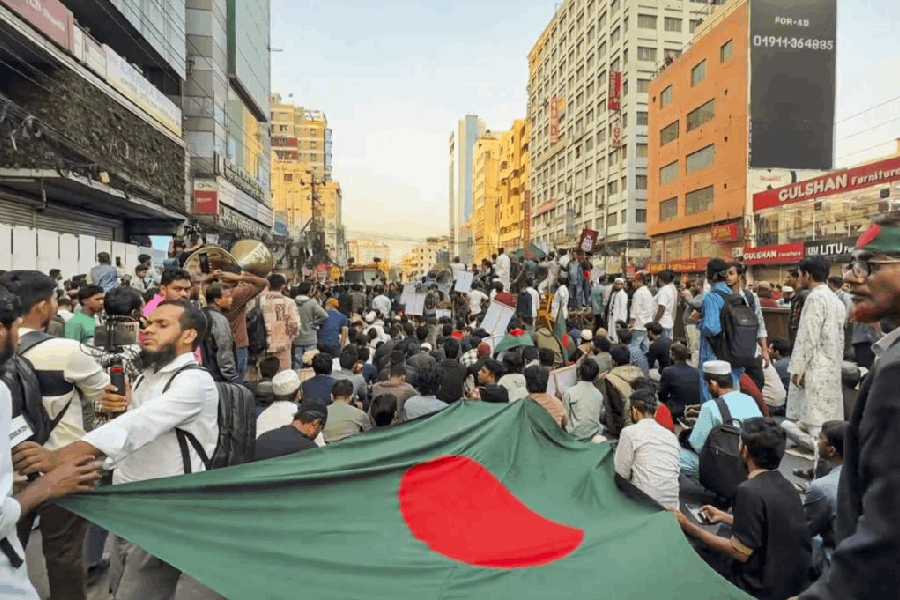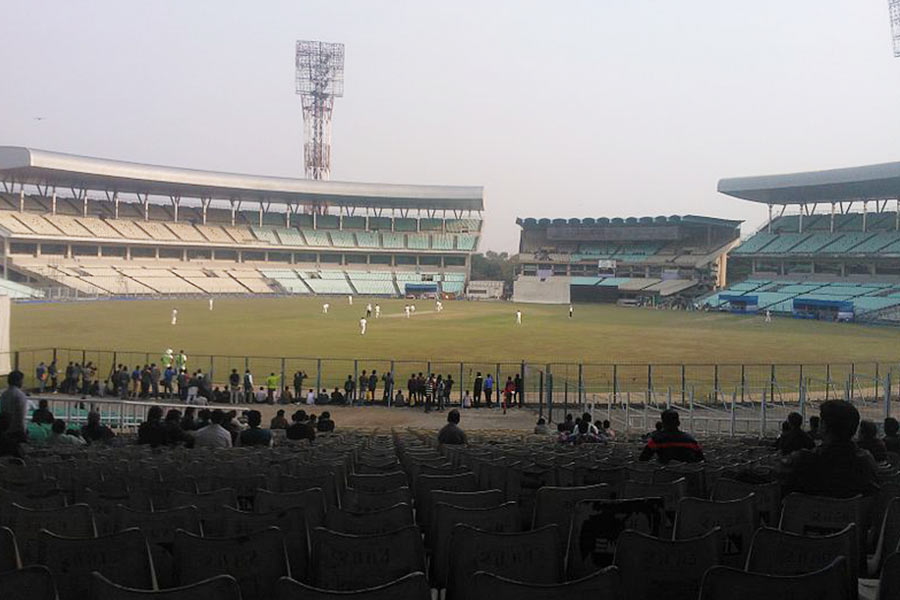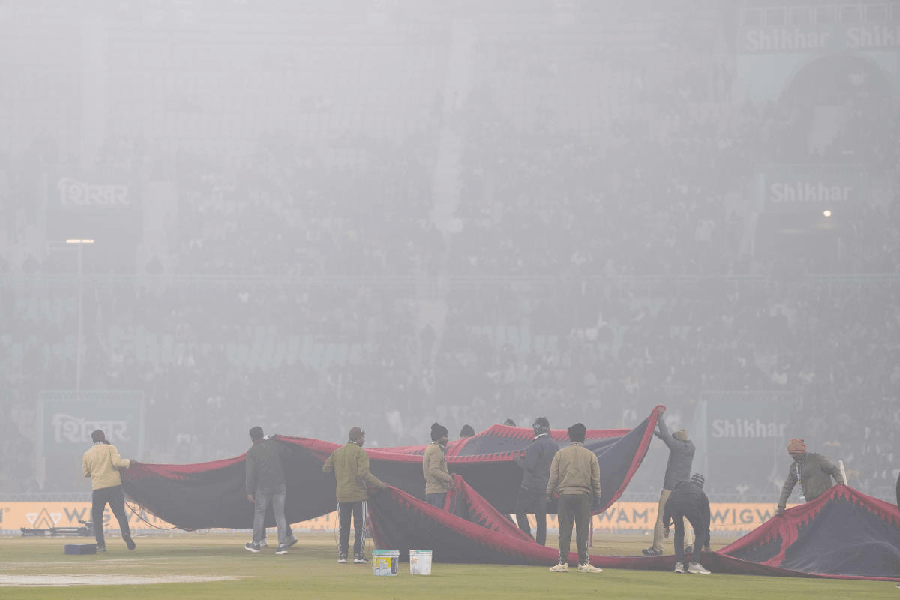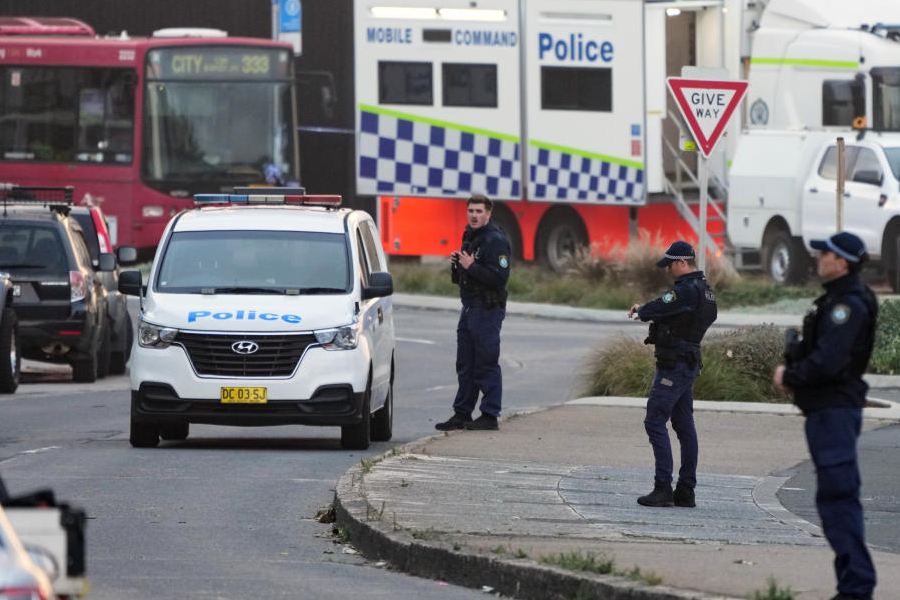 |
David Rocco never imagined that he’d find Indians to be so similar to Italians. The chef and host of immensely popular food shows such as David Rocco’s Dolce Vita and Amalfi Getaway had been warned that India would be a daunting experience. “People told me, the moment you get off the plane you’ll see it’s crazy, it’s chaotic, it’s dysfunctional…”
Then he laughs and says, “But I feel at home! And it’s been an absolutely magical experience so far.” Although he does admit ruefully that the traffic here can make you “certifiably mad”.
We are on the eighth floor terrace of West View The Grill Room at ITC Maurya in Delhi. The sun is setting and jazz strains waft out of the restaurant inside and mingle with faint traffic noises that sail up even here. And Rocco, 42, his eyes shining with enthusiasm, tells me about this, his first encounter with authentic Indian cuisine. He’s dressed part Indian too — his short, yellow embroidered kurta breathes ethnic chic and the strings of beads around his neck and wrist give him a folksy, boho charm.
Italian by birth and Canadian by domicile, Rocco, who divides his time between Toronto and Florence and travels around Italy exploring its fabulous food, is here to shoot a 13-part series for Fox Traveller. Spanning four Indian cities — Mumbai, Chennai, Jaipur and Delhi — Dolce India, like his other television series, will be at once a food show and a travelogue. When I catch up with him, he’s just back from filming in the spice markets of old Delhi. And he can’t stop marvelling at the staggering variety of spices in Indian cooking and the flavours they summon up. In fact, the next day I find him vigorously pounding up a garam masala mix in a mortar and pestle under the expert tutelage of Maurya’s senior executive chef Manisha Bhasin.
“I love Indian food,” says Rocco. “But my understanding of Indian food was limited to what’s available in the West, which is modified for the Western palate, and is much more bland.”
So his sojourn here has been a huge learning experience, he says. He has been meeting people, talking food and cooking with them. He has sampled galauti kabab on the streets of Mumbai, tasted dosas and sambars in Chennai and learnt to make fish curry the Kerala way. In Jaipur, he’s cooked a cauliflower with kasuri methi, and learnt how to make lal maas. He’s had a cook-in with a maharaja and his family and even spent a day with a mahout (elephant trainer) family and made chapaatis for their elephants — an experience he found “absolutely amazing”.
On the way, he’s picked up the Hindi word “andaaz” (judgement, in the context of cooking). And it turns out that the concept isn’t as quintessentially Indian as I’d thought it was. Delightedly, Rocco tells me there’s an exact equivalent of the word in Italian — quanto basta. He pronounces it with flourish and we talk about how our respective moms fling stuff into the cooking pot, without caring a whit for measurements of any kind.
One thing Rocco is very clear about is that his India series will not show anything that’s clichéd. “We aren’t glamourising poverty or doing the Slumdog Millionaire kind of stuff,” he says. “We want to show India as a country of contrasts — go into the villages and connect with the people, but also show the modern, sexy India.” The idea, he says, is to showcase India’s food scene not just to foreigners but to Indians as well. “For example, I discovered that there is someone in Delhi who is making an excellent burrata (a cheese made from mozzarella and cream) and mascarpone. I don’t think many Indians are aware of that fact.”
Still, the India story was always going to be a far cry from the food shows he produces and hosts wandering around places like Umbria and Amalfi, Tuscany or Sicily. So when the idea was first proposed, he was a bit sceptical. But the more he researched the country, the more he realised that culturally, India and Italy were actually pretty similar. “Every hundred miles the food changes, the culture changes, the dialect changes. Just like Italy,” he exclaims.
Nevertheless, it was a challenge. “After all, India is a huge undertaking,” he says. “But, you know, the universe gives you gifts when you take a leap of faith and dare to dream. And without sounding corny I can say that every time I’ve taken a leap of faith I have been rewarded.”
Indeed, choosing food as a career was also a leap of faith for Rocco. As the child of Italian immigrant parents in Toronto, he was always interested in food. It was part of being Italian, part of his Italian heritage. In fact, he declares on his website: “I am not a chef. I am Italian.”
But although food was an important element of his life — “if I get a headache I cook, if I am stressed, I cook,” he says — his ambition was to become an actor. So as a young man he modelled in Milan, did a lot of commercials and got some roles in Hollywood too, including one in the Nicole Kidman starrer, To Die For.
The turning point came in 1998, while he and his wife Nina were holidaying in Italy. On an impulse they decided to shoot a small video of Rocco cooking. They got their wedding videographer to edit it, took it to a television network, and within two weeks they had sold the idea for a cookery-cum-travel show which came to be called Avventura.
Dolce Vita, his longest running show, happened in 2003 after he and his wife used their house money to shoot a pilot. It was an instant hit, picked up first by Food Network and then a host of other channels. It’s already gone into 65 episodes and Rocco begins to shoot for a new season this June.
When it comes to food, Rocco admits that he’s a traditionalist. So what does he think of fusion food, I ask him.
“Well it can work to an extent when there is synergy between two types of flavours and ingredients,” he replies. “But it should be something slight, shouldn’t be heavy or done for the sake of doing it.”
He talks about a dish of potatoes and green peppers he had in Rajasthan, for example. “It was green peppers and potatoes fried in mustard oil, with mustard seeds and fennel. It tasted like my grandmother’s peasant Italian dish made with potatoes, green peppers and olive oil. So maybe I could use the mustard seeds in that Italian dish. That would work. Again, some of the chutneys I had in Chennai had the pesto texture. Tossed over a pasta, with a bit of pasta water to dilute it, it would taste great!”
Rocco points to several Indian and Italian dishes that are similar in temperament and hence can give or take from each other. “In Mumbai I made a Neapolitan melanzane — eggplants cooked in a simple tomato garlic sauce. I added cumin and fennel to it and gave it to a bunch of chefs and bloggers. And they loved it,” he says. In fact, he found lal maas too to be astonishingly similar to spezzatino, a slow-cooked lamb dish the way his mom makes it.
I can guess the answer to the next question almost before I pose it. What’s his view on molecular gastronomy (simply put, food that’s deconstructed and built up again in a strikingly different avatar) as practised by the likes of British chef Heston Blumenthal and Catalan chef Ferran Adria?
“Not interested,” he grins. “No, thank you. I’ve been to tastings of molecular food that last for four, five hours and I am bored after the first hour. I say it respectfully, because there’s a lot of art going into it. But that’s not how we eat! Seriously, I’d much rather go to a peasant village and eat with my hands than have something that’s been prepared in a laboratory.”
The chefs he looks up to are neither famous, nor on TV. “They are just amazingly good cooks,” he says. He mentions Vittorio, a man who runs a small bed and breakfast in the village of Porto Palo in Sicily. “There are no menus and the furniture’s tacky. The place is right on the beach and Vittorio comes up to your table in his shorts and flip flops and says, ‘Here’s the fish I’ve caught today. What do you want to eat?’ And you tell him, just make what you want! It’s amazing food! It’s like eating in his own home!”
He also loves the food in Rafele and Chef Jonathan Waxman’s Barbuto — two Italian restaurants in New York. “It’s nothing fancy,” he says. “Just familiar, comfort food, brilliantly executed.”
Rocco is extremely appreciative of the skills of Indian chefs too. “I have a whole new respect for Indian chefs now,” he says. “There’s far more technique in Indian cooking than in Italian cooking. I always say that Italian cookery is more about assembly.”
His only crib about Indian cuisine is its desserts. “I’ve been here six weeks and I’m not crazy about your desserts,” he says grinning and shaking his head. “They are too sweet and syrupy!”
I tell him that he has to come to Calcutta to savour the sweets of Bengal. He promises that he will. If and when there is a Season 2 of Dolce India, Calcutta and its cuisine will definitely figure in it, he says.
As I take my leave, he folds his hands in a namaskar. It’s clear that Rocco is hooked to the taste of India. And that he will be back for more.

